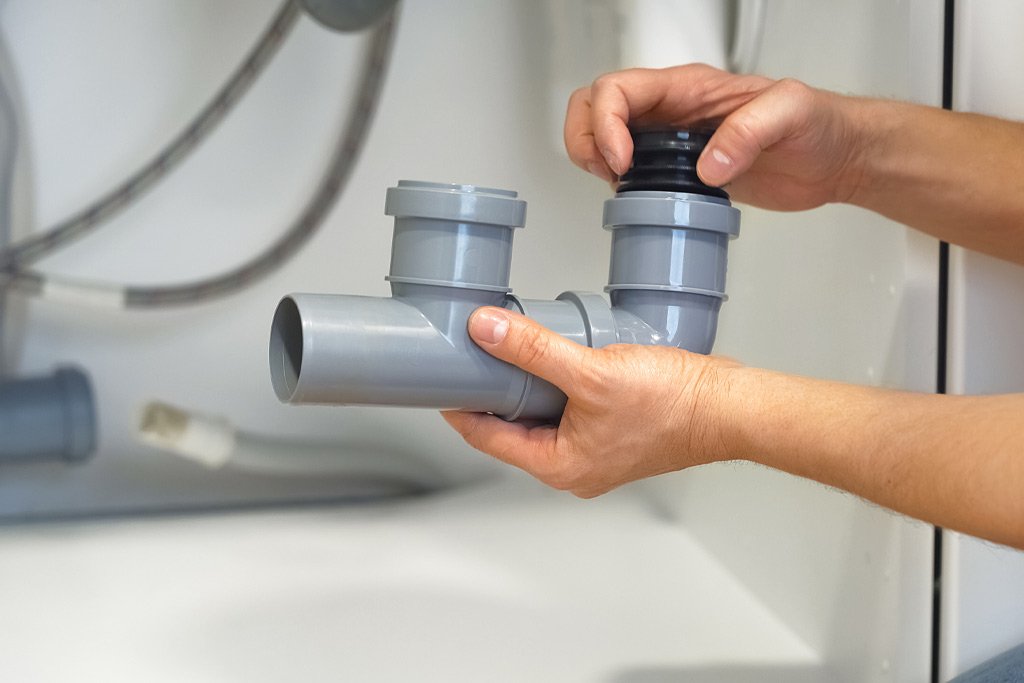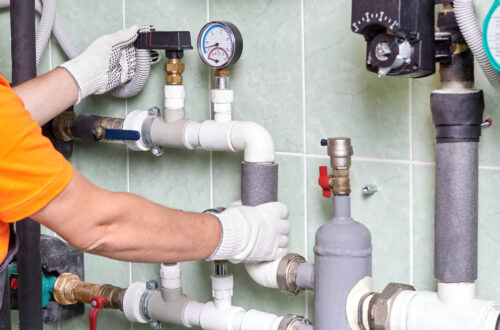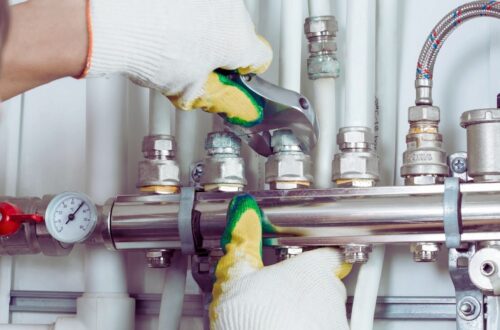Your home’s plumbing system is one of its most vital components, quietly working behind the walls and under the floors to supply clean water and carry away waste. But just like any system, it doesn’t last forever. Over time, plumbing pipes can deteriorate, corrode, or become clogged with mineral deposits, leading to leaks, water damage, and costly repairs. Knowing the warning signs of failing pipes can help you take action before small problems become major disasters.
-
Discolored Water
If your tap water has a brown, red, or yellow tint, it’s a clear sign that rust is present in your pipes. This is especially common in older galvanized steel plumbing systems. While rust itself isn’t typically harmful, it signals that the inside of your pipes is corroding. Eventually, this corrosion can cause the pipes to weaken and burst. If you notice rusty water frequently—especially when you first turn on the tap—it’s time to have a professional inspect your plumbing.
-
Frequent Leaks
Occasional drips may not seem like a big deal, but if you’re calling your plumber more than once or twice a year to patch up leaks, your pipes might be nearing the end of their lifespan. Leaks are often a symptom of deeper issues, such as cracks, corrosion, or joint failure. Consistent leaks can also lead to water damage, mold growth, and higher water bills. If patching leaks has become a regular task, it might be more cost-effective to replace the plumbing entirely.
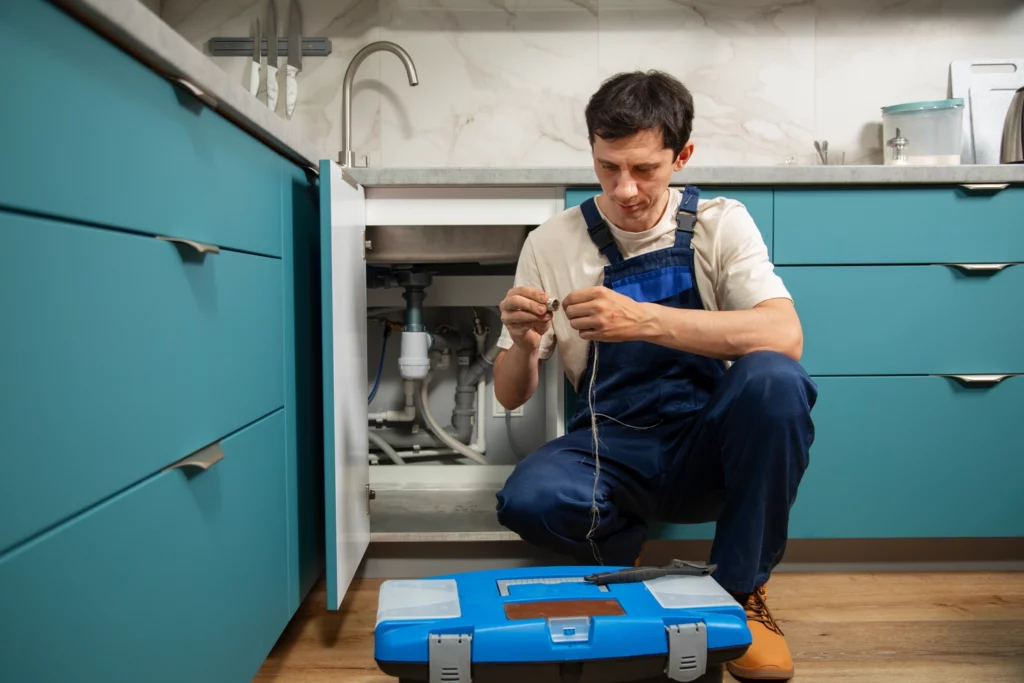
-
Water Pressure Problems
Are your showers not as strong as they used to be? Low water pressure can be caused by many factors, but one of the most common is clogged or corroded pipes. Mineral buildup from hard water or internal corrosion can restrict the flow of water, reducing pressure throughout your home. If your fixtures are clean and your municipal supply is stable, but the pressure is still low, your pipes may be to blame.
-
Unpleasant Odors
If you notice persistent foul smells coming from your drains, you could be dealing with decaying material stuck inside old pipes or sewer gases leaking into your home. This issue often arises when pipes develop cracks or corrosion that allows gases to escape. While occasional drain smells can sometimes be resolved with cleaning, lingering or recurring odors could point to a larger problem that requires pipe replacement.
-
Noisy Pipes
Do your pipes rattle, bang, or groan when you turn on the water? These noises, sometimes referred to as “water hammer,” can occur when water flow is suddenly stopped or redirected in worn-out pipes. They might also indicate loose mounting hardware or high water pressure—but they can also be signs of aging plumbing infrastructure that is no longer performing as it should. Left unchecked, these vibrations can weaken your plumbing system over time.
-
Visible Corrosion
Take a peek under your sinks or in your basement and inspect any exposed pipes. If you see flaking, discoloration, dimpling, or green stains (especially on copper pipes), it’s a strong indicator of corrosion. This means the metal is breaking down, which will eventually lead to leaks or structural failure. Rusty or green patches are a sign that your pipes are on their way out.
-
Old Age of Pipes
One of the most important—yet often overlooked—factors is the age of your plumbing system. Different materials have different lifespans:
Galvanized steel: 20–50 years
Copper: 50+ years
Brass: 40–70 years
PVC: 25–40 years
If your home is more than 50 years old and the plumbing hasn’t been updated, it may be time to have an inspection and consider proactive replacement, even if you haven’t yet noticed obvious signs of failure.
-
Stains on Walls or Ceilings
Water stains on drywall or bubbling paint can indicate hidden leaks within your walls or ceilings. These leaks often go unnoticed until they cause cosmetic or structural damage. By the time you spot visible signs, the problem may already be extensive. Investigating and resolving these symptoms quickly can prevent more serious consequences—and if the leaks are due to failing pipes, replacement might be necessary.
-
Mold or Mildew Growth
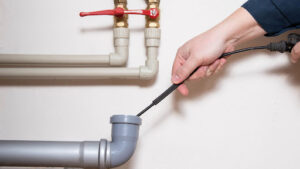 Persistent dampness caused by leaking pipes provides the perfect environment for mold and mildew. If you’re seeing mold in places that should be dry or smelling a musty odor, it’s worth checking the condition of your plumbing. Even small, slow leaks behind walls or beneath floors can lead to widespread fungal growth and health hazards.
Persistent dampness caused by leaking pipes provides the perfect environment for mold and mildew. If you’re seeing mold in places that should be dry or smelling a musty odor, it’s worth checking the condition of your plumbing. Even small, slow leaks behind walls or beneath floors can lead to widespread fungal growth and health hazards.
-
Spikes in Water Bills
If your water bill is suddenly much higher and your usage hasn’t changed, you may have a hidden leak. Damaged or deteriorating pipes can leak continuously, wasting water and money. A professional inspection can help locate the source of the leak and determine if your plumbing needs replacement.
Your plumbing system doesn’t last forever. While regular maintenance can extend its life, ignoring the signs of aging or damaged pipes can lead to severe consequences. If you’ve noticed any of the issues above, it may be time to consult a professional and consider replacing your plumbing. Proactive upgrades not only safeguard your home from damage but can also improve water quality and boost property value. In the long run, investing in new pipes is a smart move for any homeowner.
